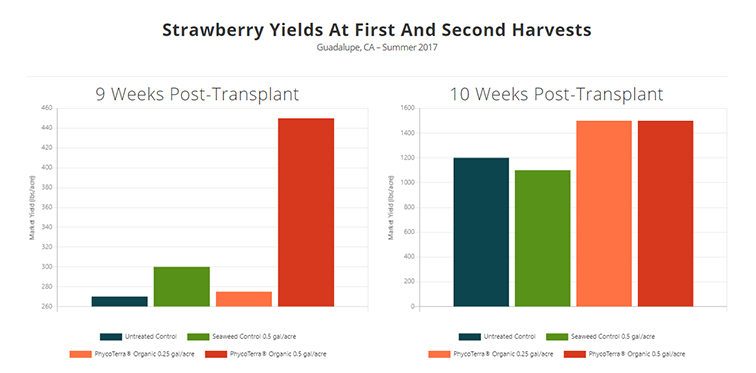Bring Organic Production Home to the U.S. [Opinion]
There’s perhaps no better time than now to say it: We need more organic grown everything here domestically, in the U.S.
The coronavirus laid blatantly bare the weak points in our globalized food supply chain. Farmers sat on surpluses. Or, gridlock in storage and processing upstream forced them to plow entire fields under or destroy thousands of pounds of fresh harvest. Simultaneously, reports of the U.S. still importing produce and meat products stirred outrage.
There’s been a whole lot of ugly of late in agriculture, there’s no denying that.
There’s been plenty positive, too. And it’s pretty darn impressive just how reliable agriculture as a whole is proving itself. Is there anything that can stop farmers and ranchers from feeding this country?
Truly impressive.
If there’s one positive I hope to see come out of this in the fruits and vegetable worlds, it’s perhaps the USDA and the federal government increasing or reworking incentive programs for certified organic ag products produced here at home.
We covered this issue in our American Vegetable Grower “Organic Special Report” last year, how a system seemingly rife with fraud and intra-agency political gamesmanship imports about 25% of the organically-certified products consumers demand.
What Happens Once COVID-19 Goes Away?
We need to consider the realities of a post-COVID world. Buying patterns will likely continue to favor retail grocery and home meal preparation over food service outlets – at least until there is a vaccine and public confidence rebounds. The industry will continue to adjust to a new normal for food distribution.
My prediction? The demand for organic is only likely to continue to increase, as well.
Some speculate that one result of this crisis will be to domesticate more of production, since it fuels our economy as a whole. I hope we see that happen in organic production, too. If so, we will need more farmers to implement and transition land to organic production practices, bringing more of that industry within our borders.
Growers Need a Boost During the Transition
And, as any farmer will tell you, these changes typically come with a steep price. Like significantly reduced yields in the early going. Or big time bumps in labor and other now-variable costs, costs that are typically fixed in large, row crop ag systems.
Europe is considered by many the world leader in creative grants and alternative funding measures for growers to help offset – even sometimes fully cover – the costs of going organic. That often includes also funding precision ag technology under that umbrella.
It’s something our representatives in Congress should consider as well, hopefully in the next round of Farm Bill talks.
Before the pandemic, Congress would have likely resisted the idea. After all, our government doled out $14.5 billion in farm subsidies to offset trade disruptions. But with coronavirus choking up the ag supply chain, it’s time for lawmakers to get creative. I call on them to find new ways to drive revenue growth for the Americans who feed our country.
In many ways, we’ve had a front row seat to some new grassroots crop systems that have really gotten folks excited about agriculture (vertical farming, legal cannabis and hemp, hops). Perhaps growing our domestic organic market to full capacity is that next big lift for U.S. agriculture?










